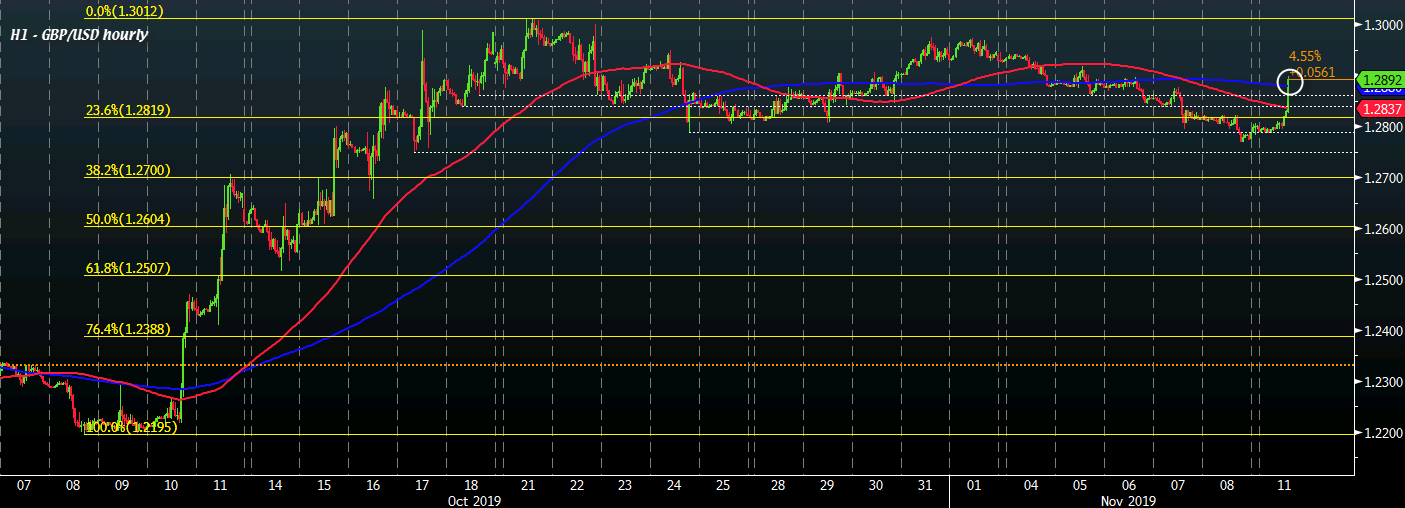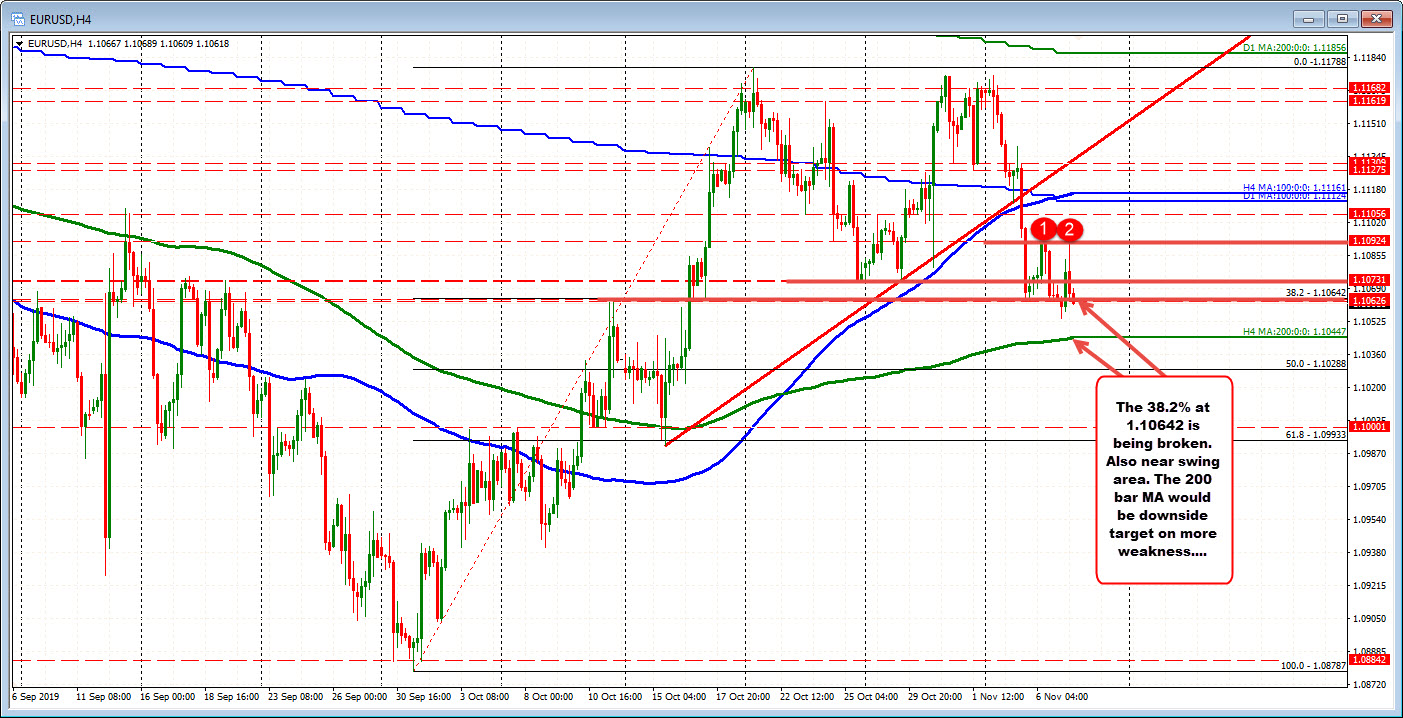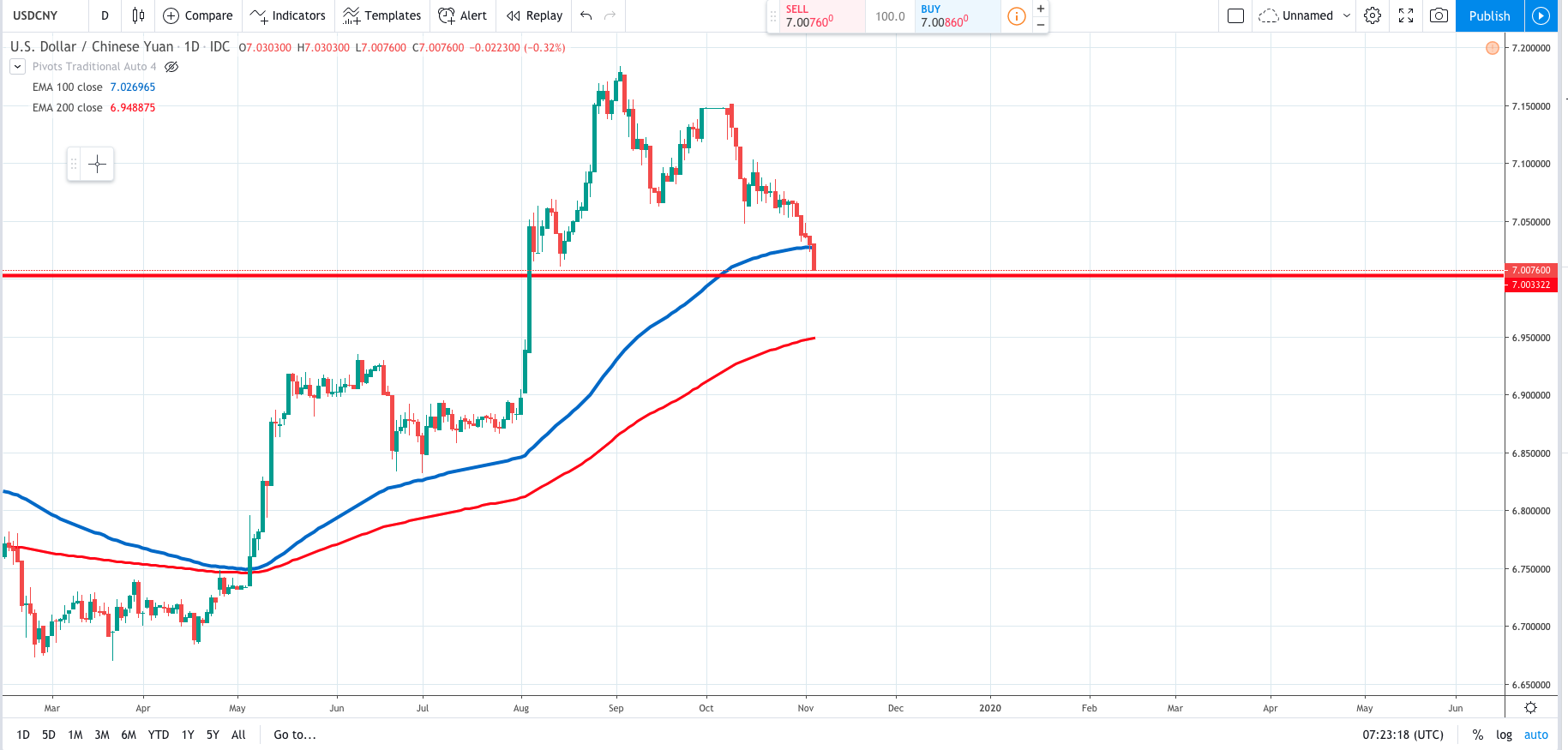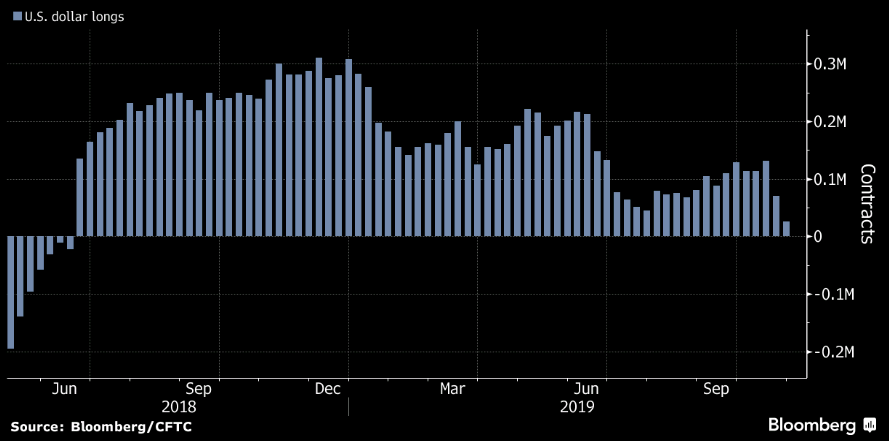What’s driving the USD right now?

The FOMC decided to pause their recent easing cycle, but they also said that rate hikes were not going to be considered for some time, signalling a broadly more dovish bias to US monetary policy.The expectations for the rest of 2019 is that the Fed will remain on hold and that the holding position for the medium term will be for rates to remain as they are.
USD being driven by it’s safe haven status
The main driver then, at the moment, is coming from the USD’s status as a safe haven currency. The flip flopping of the US-China trade dispute, which is subject to regular and rapid change, has been moving the USD around on safe haven moves:
- Positive developments in the US/China trade tariffs weighs on the USD
- Negative developments in the US/China trade tariffs supports the USD







